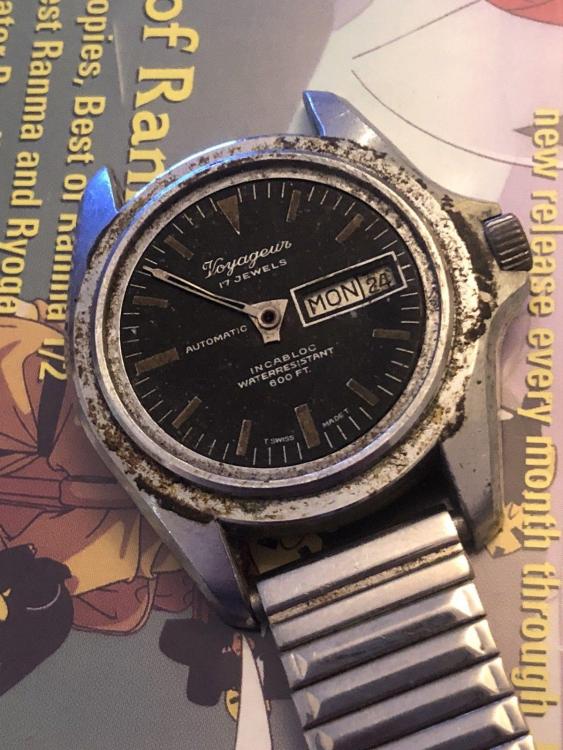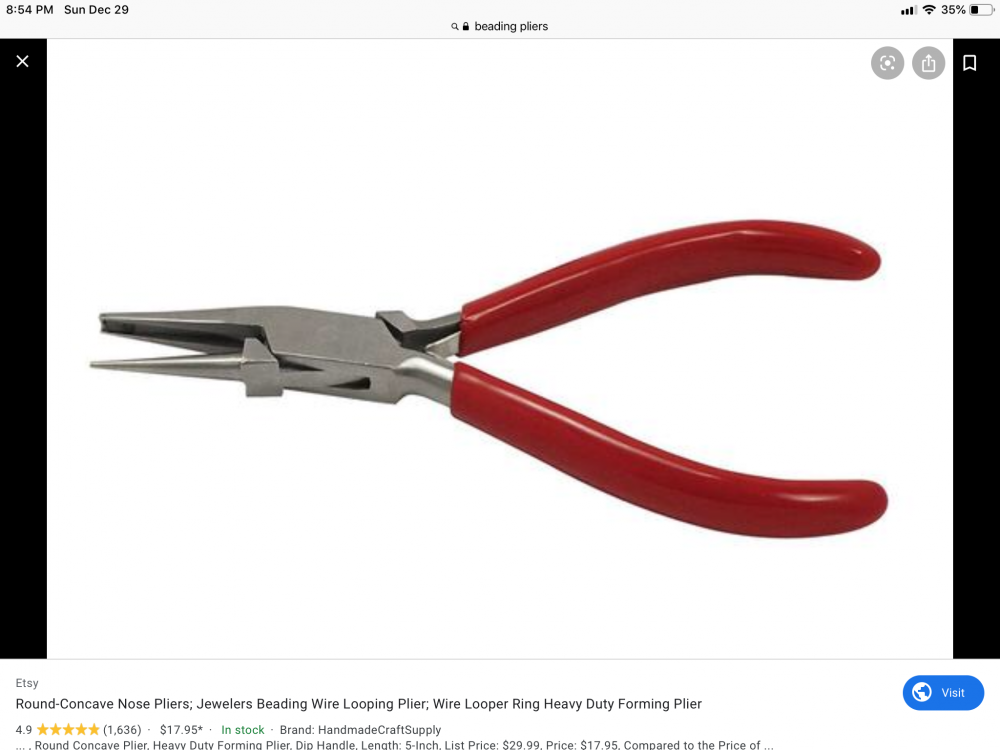Leaderboard
Popular Content
Showing content with the highest reputation on 12/30/19 in all areas
-
For those that don't know the Shortt Free Pendulum clocks were made from the 1920s to the late 1950s and were the most accurate clocks made between the 1920s and 1940s. Only 100 of these clocks were made and they were sent around the world to observatories and anywhere else that needed the most precise time keeping. Very simply describing the clock it had a master unit that ran in a vacuum and a slave unit that synchronised to the master free pendulum unit and then could send timing signals to any number of other slave clock units. The Perth Observatory which is now run by volunteers has 2 of these clocks Number 11 that was made in 1926 and after serving time at the Royal Observatory, Greeenwich to 1940, then it went to Edinburgh in 1941 for the duration of the war and then back to Greenwich in 1946 and then to Perth Obervatory in 1960. The other clock Short clock that is at the Perth Observatory is number 94 which was ordered by the observatory in 1956 and delivered in 1957. Besides these 2 clocks the observatory has a number of other significant clocks that they are wanting to get running after decades of static display. The president of my association had been in talks with them for some time to service and repair these clocks and started doing so a few months back, but has only just in the last few weeks started working on the Shortt clock. It had been 'fiddled' with by people he didn't know what they were doing and besides being gummed up solid for reasons only known to the person that did it they had put paint over the ends of the friction plate on the centre wheel so it could no longer slip. On boxing day he got the slave clock ticking after fabricating a new gathering wire and jewel and stripping and cleaning the whole movement, but it still needs some adjusting. I went to visit him yesterday to have a look and bring my reference book 'Synchronome Masters of Electrical Timekeeping' by Brober Miles that was only just published to help him out with some of the items he was a bit lite on with information. Whilst I was there I took some photos which I thought may interest people. Dials of Slave Clock Couple of the inside of the slave unit Apologies for this photo but I couldn't get a good picture with the sun shining through the window, but this is the vaccum chamber for the free pendulum Stand alone slave dial. I've got more photos and a slow mo video showing the pendulum being given its impulse but this is the limit I can upload to one post. This is a very special rare clock, but once it is finished then number 94 will get the same treatment. Number 11 is a type A model whilst 94 is the simpler type B model.3 points
-
It's a 1971 Timex model 967601 still new and never used. Also picked up a new Timex 165601, haven't looked into the date yet though. Sent from my SM-N975U using Tapatalk2 points
-
Took an old Seiko 5 apart and transplanted the movement into my old 1980 Seiko diver, then gave it to myself for Xmas My wife got me nose pads for my reading glasses! Sent from my iPhone using Tapatalk Pro2 points
-
Decided to take a shot of the pocket watches I have repaired. Sent from my iPhone using Tapatalk Pro2 points
-
Hello from Scotland. I recently re-awakened an interest from my youth in watches and clocks. Strangely the catalyst was searching for a replacement hand for a Starrett dial indicator that I picked up for pennies on ebay and which I though might be useful for leveling the bed on my 3d printer. It was missing the dial hand, which looked very like a watch second hand, so that led to a search for a suitable donor watch. Needless to say I then got distracted by the vast array of old time pieces to be had for pennies, and grabbed a couple of basket cases. The first one was a Sicura Voyageur. It only says Voyageur on the dial, but it has all the hallmarks of a Sicura, with the seahorse emblem on the caseback, and the remains of hands that look like the Sicura "Marine Star" It was in a sorry state, but after a quick clean, polish and minor overhaul it's Rondo-matic heart is now ticking away nicely. I'm awaiting a suitable second hand for that, currently on the slow boat from China, and it has parted company with its bezel, which I may fabricate a replacement for if I get the time. The problem there is that I can't find another "Voyager" to compare with, and Sicuras had a variety of different bezels. I found WRT by watching some of Mark's many excellent Watch Repair Channel videos, many thanks for those Mark. I have a couple of other basket case watches ordered from ebay. I set myself an artificial ceiling of £4.04 per watch (although I have already blown that a couple of times), as I figured that there was a lot of fun to be had from resurrecting an item destined for landfill and costing less than a trip to the coffee shop. My day job involves computers, and I dabble in electronics as a hobby, which means I'm fairly patient, and used to dealing with very small fiddly components, and already have a bunch of small tweezers, screwdrivers, clamps, magnifiers and so on.1 point
-
1 point
-
I guess another way to put it would be : 'This is the most accurate clock any of us could ever hope to work on' As there are no mechanical clocks more accurate than this and you have to move to 'Atomic Clocks' to get more accurate and that requires a very different skill-set to work on. The Shortt clock is accurate to less than a second a year if run in a temperature controlled environment.1 point
-
This was the clock that was used before the 'atomic clock'. The first atomic clock was built in 1949 but it was really only a proof of concept and didn't even reach quartz clock accuracy, the first accurate atomic clock was built in 1955 and the started to be sold in 1956, hence why the last Shortt clock was ordered in 1957 as after that date atmoic clocks were used. Shortt clocks were the most accurate clock available from the 1920s to the mid 1950s1 point
-
1 point
-
1 point
-
Center wheel 224.086 is the same as on 4R series and despite the different number I believe is also interchangeable with the 7S26 B or C. Seiko is not detailing or distributing fixed jewels anymore, but again I believe it's common with the above. Cousins UK should be able to order at least the wheel, or if you PM me your address I can gift you the 7S26 parts.1 point
-
No selling services on this forum please. The rules are very clear on this! Sent from my SM-G950F using Tapatalk1 point
-
1 point
-
As reported in jdm's 6R15 Service Walk Through thread, on disassembling the 3rd wheel and escape wheel jewel assemblies, I did find some dirt in one of the holes. As I am stull struggling to get pegwood to a fine enough point to get into holes like this, I used a hair from my dog. Maybe not haute horologie, but it got the muck out. I cleaned the fast end of the train and the escapement a second time in lighter fuel in the ultrasonic machine, then rinsed everything in pure isopropyl alcohol. I checked every moving part under the microscope (not a stereo microscope, but I have a Chinese digital one which serves my requirements well) and found otherwise only clean surfaces with no wear. Well, that is apart from another dimple in the centre of the escape wheel cap stone. I took particular care to use the correct oils and not to over-oil. In the end, I'm not sure that the dirt I found was the only cause of the low amplitude, but it was probably a significant factor. In any case, the watch is working well now. I'm not getting more than 260 degrees of amplitude, but the traces are clean and consistent. Thanks to everyone who took the time to reply.1 point
-
Not exclusively, no, but this was one of their major production sites until 1993. If the watch says Great Britain, or made in Scotland or Made in the UK, or UK Time Corporation, then it was made by UK Time Corporation (a division of US Time Corporation, the parent company of Timex) who set up in Dundee in the late 1950s, and also produced other items (the Sinclair ZX and Spectrum computers for example) at their Dundee site. During this time period, Timex also produced or used dials, mechanisms and so forth, made in France, Germany, England and even occasionally Switzerland. The majority of Timex watches for the European market were made in Dundee, but not all. https://en.wikipedia.org/wiki/Timex_Group https://en.wikipedia.org/wiki/Timex_strike Nowadays, like most volume producers, they manufacture mainly in the far east/China.1 point
-
Thanks to all that replied! I removed the balance wheel and made sure everything was clean there and then put it back on. Seems to be working fine now. Thanks again!1 point









